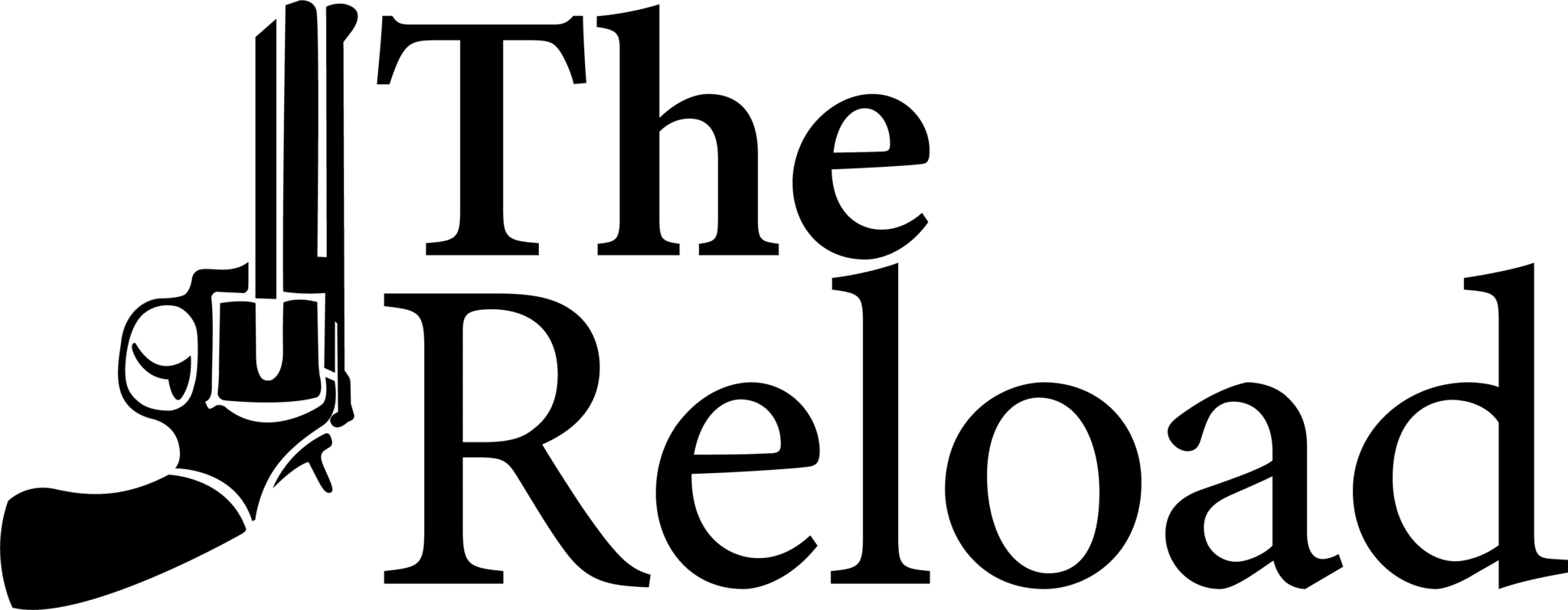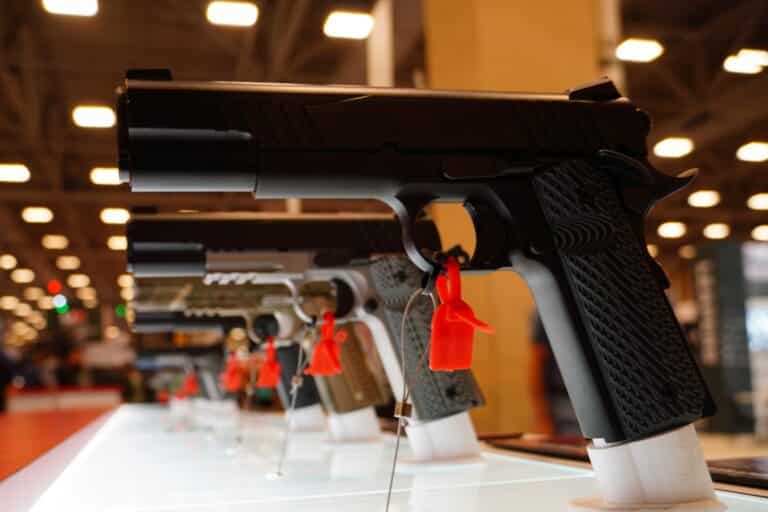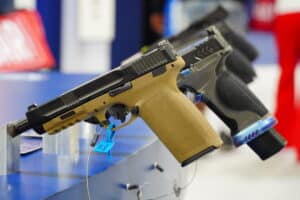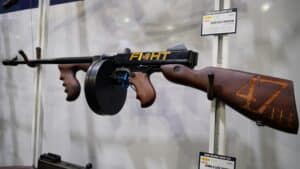On February 7th, President Donald Trump gave Attorney General Pam Bondi 30 days to finalize and submit a policy plan of action for enacting pro-gun reforms. Nearly two months later, the Trump Administration hasn’t released any plan.
“Within 30 days of the date of this order, the Attorney General shall examine all orders, regulations, guidance, plans, international agreements, and other actions of executive departments and agencies (agencies) to assess any ongoing infringements of the Second Amendment rights of our citizens, and present a proposed plan of action to the President, through the Domestic Policy Advisor, to protect the Second Amendment rights of all Americans,” the order stated.
The 30-day due date for that report would have been March 9th, but that day came and went without any movement from Bondi or the White House. When this omission got some attention, the Department of Justice (DOJ) told ABC News that the deadline was extended to March 16th. Since then, the department has not provided any additional progress updates and did not respond to a request for comment for this article.
The administration’s apparent slow-walking and opacity surrounding its progress raises questions about how much it plans to follow through with the order’s proposed scope.
Trump promised gun voters swift action in undoing all of President Biden’s gun-control achievements during his “very first week back in office.” But he took three weeks before even broaching the subject, and only ordered a review to eventually consider which, if any, of his predecessor’s policies to reform or reverse.
To date, that has not resulted in the initiation of any new rulemaking to repeal any Biden-era regulations.
The few concrete indications of DOJ compliance with the order have mostly taken the form of requests for pauses in various ongoing gun cases to allow it to consider what position it wants to take. The department also began to push for a new framework for restoring the gun rights of former convicts. The New York Times has reported that move could benefit actor Mel Gibson and at least nine other as-yet-undisclosed individuals, though they haven’t announced any action yet.
While each of those fronts may eventually play out in gun-rights advocates’ favor, the administration’s restrained approach, especially in contrast to actions it has taken elsewhere, has already resulted in one significant loss for gun-rights groups. Though it could have immediately started rolling back Biden’s gun rules without Bondi’s review as an intermediate step, the Trump Administration’s decision to wait left the “ghost gun” kit ban case uninterrupted. That culminated in the Supreme Court issuing a 7-2 ruling upholding that ban at the end of last month, which could make undoing the ban down the line harder.
Delaying legal challenges while the department decides what position to take also risks drawing out the gun-rights movement’s longer-term project of stacking up court decisions permanently invalidating federal gun laws. Even if the DOJ decides not to defend a given gun law or de-prioritize enforcement, subsequent administrations can simply reverse that discretion. The same holds true for the new gun-rights restoration process, which risks undermining gun-rights advocates’ legal challenges to the federal ban on non-violent felons possessing firearms.
To be sure, the administration has also offered gun voters policy changes with more straightforward upsides. It unceremoniously dispensed with the White House Office of Gun Violence Prevention, for example, which was set up by former President Biden to promote gun-control policies. Trump’s Department of Health and Human Services also scrapped a 2024 surgeon general advisory calling for an “assault weapon” ban, among other new gun restrictions.
It has also, at times, broadened its view beyond the federally-focused executive order. For instance, the DOJ last month announced a civil rights investigation into Los Angeles County over its practice of subjecting concealed carry permit applicants to lengthy wait times and high application fees, and it suggested that additional investigations could soon follow. Shortly thereafter, Trump also issued a separate executive order establishing a new federal task force charged with, among other things, “increas[ing] the speed and lower[ing] the cost of processing concealed carry license requests in the District of Columbia.”
Those moves have no doubt been welcome developments for Second Amendment advocates. Still, they are less potentially impactful than the areas Trump ordered the DOJ to review, and those have seen little to no movement.






